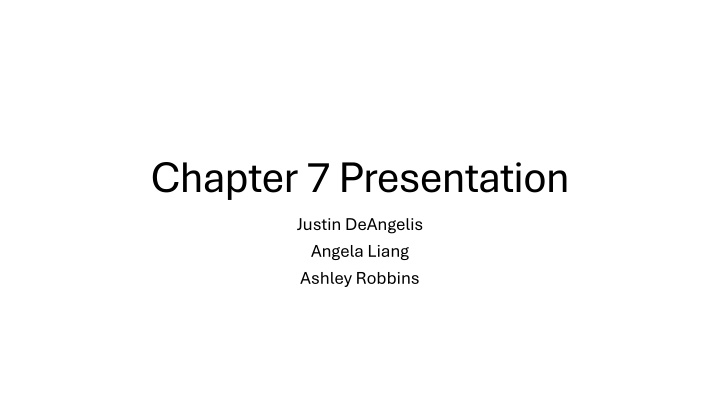
Creating an Inclusive Course Climate: Strategies and Solutions
Explore the importance of course climate on student learning, how to define, impact, and create an inclusive climate, and strategies to enhance belonging and foster productive discussions. Learn from two cases on handling biases and heated discussions in educational settings.
Download Presentation

Please find below an Image/Link to download the presentation.
The content on the website is provided AS IS for your information and personal use only. It may not be sold, licensed, or shared on other websites without obtaining consent from the author. If you encounter any issues during the download, it is possible that the publisher has removed the file from their server.
You are allowed to download the files provided on this website for personal or commercial use, subject to the condition that they are used lawfully. All files are the property of their respective owners.
The content on the website is provided AS IS for your information and personal use only. It may not be sold, licensed, or shared on other websites without obtaining consent from the author.
E N D
Presentation Transcript
Chapter 7 Presentation Justin DeAngelis Angela Liang Ashley Robbins
Learning objectives Define course climate Describe tenets that impact course climate Apply strategies to create a explicitly inclusive course climate
Why does course climate matter for student learning? The classroom environment we create can profoundly affect students learning, positively and negatively Climate shapes: Learning Engagement Achievement Persistence
Course climate The environment in which students learn Inclusive or exclusive Implicit or explicit
How to create explicit inclusivity Belonging Fitting into the environment regardless of individual factors, background or identity Tone The level of hospitableness the students perceive Content What we teach, what is included and what is excluded Presence/immediacy Feeling of being present and accessible, fostering connections
Case 1 You are teaching a class on elective termination of pregnancy to a group of first year medical students. You present the facts around options in a way that you believe is objective. Following the lecture you receive feedback that your presentation was biased in support abortion. What could have lead to this feedback?
Possible solutions Belonging Examine your assumptions about your students Educate yourself about identities other than your own Strive to be explicitly (not just implicitly) inclusive Use strategies that specifically enhance belonging Give students opportunities to discuss or write about values Ask a colleague to observe your course
Case 2 You are teaching a didactic about birth equity to your residents, which includes a discussion around institutional racism. Discussion breaks out that becomes heated and you struggle to regain control of the group. What strategies could have been used to create a more productive learning climate?
Possible solutions Tone Establish ground rules for interaction, revisit periodically, think through in advance how you will respond if students violate those rules Model inclusive language, behavior and attitudes. Show humility so students feel comfortable addressing you if microaggressions occur Prepare for potentially sensitive issues, acknowledge when a topic may have personal significance and explain why it was included Address tensions early, model contrition when inappropriate statements are made on your own Turn discord and tension into a learning opportunity, have students take the alternate viewpoint than the one they express Help students develop active listening skills Be authentic
Possible solutions, ctd. Content Do an inclusivity audit of your course materials Incorporate diverse examples Presence Work to build connection and community Reduce anonymity, learn learners names, connect with learners where possible
















